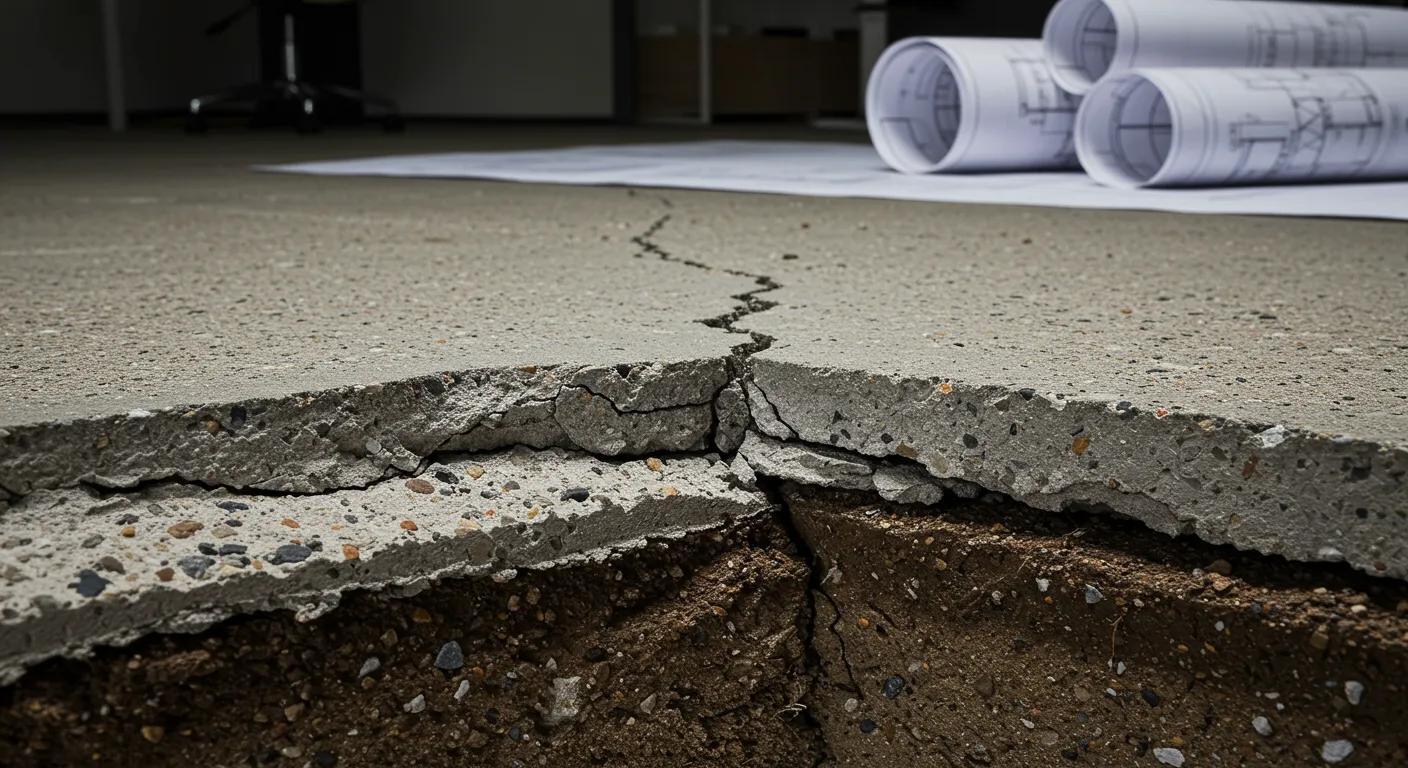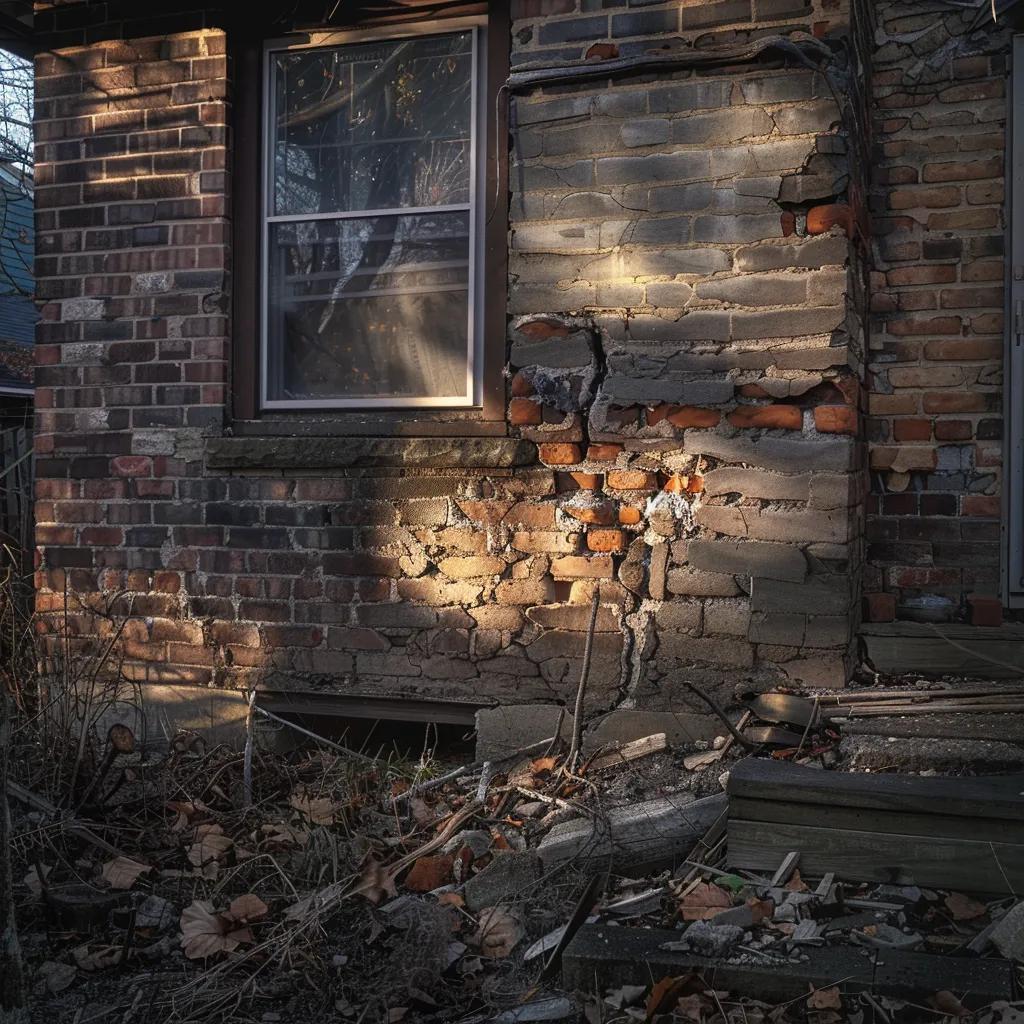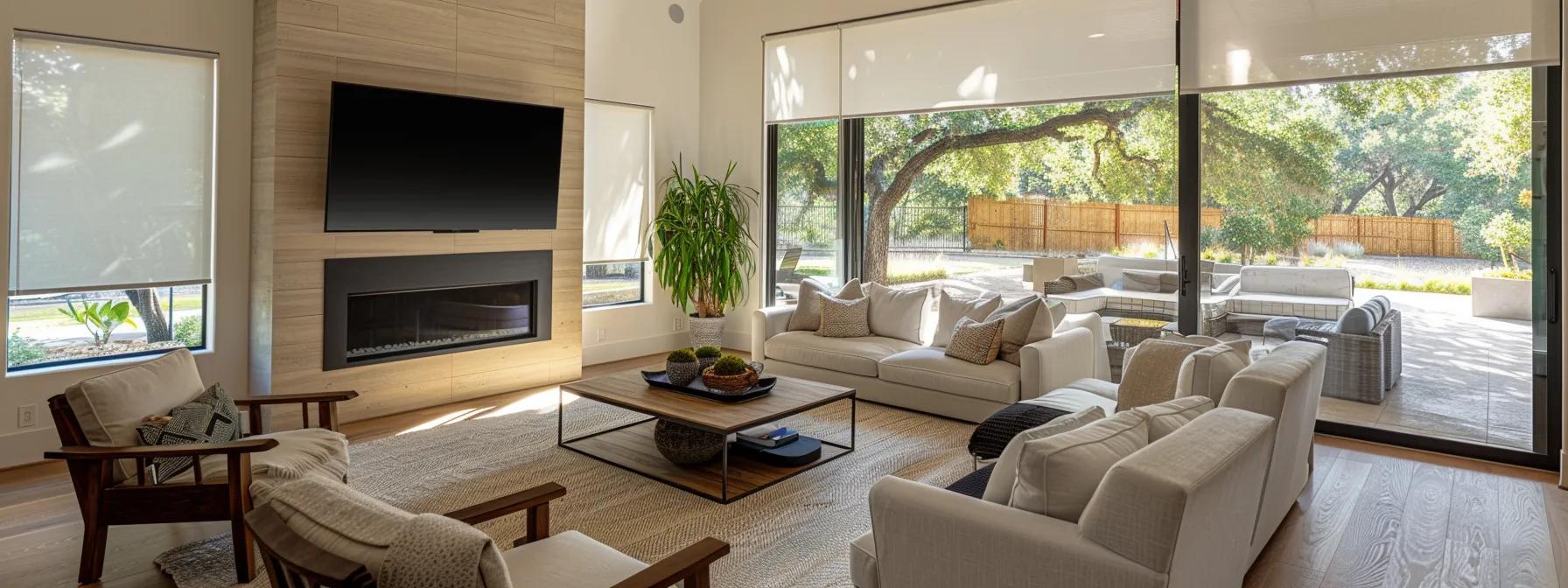Understanding Soil Types: How They Impact Foundation Repair Costs in San Antonio Homes
Foundation repair is a complex process in San Antonio, largely driven by the underlying soil conditions. Homeowners facing issues like wall cracks, settling floors, or uneven surfaces must understand the specific soil composition beneath their homes. This article reviews the prevalent soil types in San Antonio, explains how they affect foundation stability, and discusses factors that influence repair costs. It also offers strategic insights on managing soil impacts and controlling repair spending while preserving structural integrity.
Identifying Prevalent Soil Compositions in the San Antonio Area
San Antonio’s geology features diverse soils that challenge foundation performance. Common types include expansive clay, sandy loam, Blackland Prairie soils, and areas with limestone or rocky substrates. Each soil type has distinct properties affecting drainage, movement, and support, making accurate diagnosis vital for cost estimation and repair planning.
The Dominance of Expansive Clay and Its Characteristics
Expansive clay is widespread and problematic in San Antonio. It absorbs moisture, causing swelling, and contracts when dry, leading to voids that undermine foundations. This cycle results in cracks, uneven floors, and misaligned doors and windows. Because expansive clay contains minerals (such as montmorillonite) that react dramatically to moisture, engineers often use steel piers or underpinning techniques to stabilize structures. Homeowners are advised to maintain consistent moisture levels—via irrigation or drainage adjustments—to minimize expansion and contraction cycles and reduce further damage.
Recognizing Sandy Loam and Its Drainage Properties
Sandy loam, with its balanced mix of sand, silt, and organic matter, offers excellent drainage compared to clays. Its permeability usually reduces water-induced pressure on foundations, lowering risks of hydrostatic pressure. However, in prolonged dry conditions, sandy soils can quickly lose moisture, leading to compaction and settlement. Sudden heavy rains may also destabilize a sandy foundation if drainage measures such as proper grading and gutterinstallation are not in place. Overall, sandy loam requires balanced water management for optimal foundation stability.
Understanding Blackland Prairie Soils and Foundation Challenges
Blackland Prairie soils feature a deep, fertile topsoil over a compacted, sometimes impervious clay subsoil. This stratification creates unique challenges; the upper layer is supportive, yet the lower clay resists water infiltration, causing hydrostatic pressure against foundation walls. The heterogeneous nature of these soils means that different sections of a property may behave differently, resulting in inconsistent settling. Typical repairs include piering systems or slabjacking, accompanied by strict drainage improvements to manage moisture and reduce stress on the foundation.
Assessing Areas With Limestone or Rocky Substrates
Some San Antonio areas have limestone or rocky substrates that, while generally stable, present difficulties during repair. These soils have high bearing capacity but complicate excavation and the installation of underpinning systems like concrete or steel piers. Special drilling techniques or even blasting may be required, which drives up labor and machinery costs and can extend project timelines. Thorough geotechnical evaluations are critical to determine the best repair approach when working with these substrates.
How San Antonio’s Unique Soils Contribute to Foundation Problems
The behavior of soil under changing moisture conditions significantly affects foundation performance. In San Antonio, variable soil types contribute to problems such as swelling, shrinkage, and erosion. Understanding these mechanics helps explain why foundations crack, settle, or shift, and guides the selection of appropriate repair methods and preventive measures.

The Mechanics of Soil Swelling and Shrinkage With Moisture Fluctuations
Soil expands and contracts in response to moisture changes—an inherent property that directly impacts foundation stability. When water is absorbed, expansive clays swell and can lift structures; when they dry, they shrink and leave voids. These cycles create cyclical pressure that contributes to cracks and uneven settling. Engineers address this challenge by installing moisture barriers, drainage systems, and reinforcement such as steel piers to maintain stability despite the cyclical stresses.
Poor Water Drainage Amplifying Soil Instability
Inadequate water drainage aggravates soil instability. When water isn’t efficiently removed, soils remain saturated for extended periods, resulting in prolonged swelling and abrupt shrinkage once dry. This effect is particularly pronounced in expansive clays and Blackland Prairie soils, where inefficient drainage can lead to erosion and further foundation movement. Installing and maintaining effective gutter systems, ditches, and sump pumps helps control moisture levels and prevents costly damage by reducing water accumulation around the foundation.
Soil Erosion Compromising Foundation Support Structures
Soil erosion gradually removes the supportive soil layer beneath a foundation, reducing its load-bearing capacity and creating voids that lead to differential settlement. In areas with sparse vegetation or poor ground cover, rain and wind accelerate erosion, which may cause cracks, misalignments, and even complete foundation failure. Strategic landscaping, such as planting ground cover and building retaining walls, alongside regular maintenance, can help mitigate erosion and preserve foundation support.
Differential Foundation Movement Stemming From Varied Soil Conditions
Foundations resting on mixed soil types can experience differential movement, as different soils expand, contract, or settle at varying rates. For example, a foundation spanning expansive clay and sandy loam zones will face inconsistent support, leading to stress at the junctions and resulting in cracks or misaligned floors. Engineers often use segmented repairs and adjustable underpinning systems to compensate for differential movement and restore uniform support across the structure.
Linking Specific Soil-Related Damages to Foundation Repair Needs
Soil-induced damage manifests in different ways, necessitating targeted repair approaches. Recognizing these signs is the first step in choosing the correct repair method to ensure long-term stability and cost efficiency.
Diagnosing Wall Cracks Originating From Soil Pressure
Wall cracks are a clear indicator of foundation distress. They may appear as vertical, diagonal, or stair-step patterns on walls due to excessive soil pressure and settlement. Professionals use tools like laser levels and moisture meters to diagnose the cause of these cracks. Repair methods may include epoxy injections, wall anchors, or installing reinforcing steel systems to reduce tensions and prevent further progression of the cracks.
Addressing Foundation Upheaval Caused by Expansive Soils
Foundation upheaval occurs when expansive soils push parts of the foundation upward, causing tilting and uneven levels. To counteract this movement, techniques like underpinning with steel or concrete piers are employed to redistribute the load and secure the foundation. Improved drainage is also crucial to limit the moisture that triggers soil expansion. These methods together help restore and maintain a level, stable foundation.
Rectifying Foundation Settling Due to Soil Compaction or Loss
Settlement happens when soil compaction or erosion reduces the volume of supporting soil under a foundation. Repair techniques such as slabjacking (injecting a cementitious mixture to re-level the foundation) or installing additional underpinning supports are used to restore uniform support. Detailed evaluations determine whether minor cosmetic repairs or more extensive underpinning is required to effectively address the settlement issues.
Selecting Appropriate Repair Methods for Soil-Specific Issues
Choosing the right repair method depends on the specific soil conditions, extent of damage, and potential for future movement. For expansive clays, deep underpinning with steel or concrete piers is common. In areas with severe erosion or drainage issues, slabjacking may be preferred, while rocky terrains might require custom drilling. Professional evaluations guide the selection of the optimal method to ensure a durable repair that aligns with the structural needs and budget of the homeowner.
Key Factors Influencing Foundation Repair Costs for San Antonio HomesCost of FoundationRepair in San Antonio Homes
Foundation repair costs in San Antonio are influenced by several factors. Homeowners must consider the severity of damage, the chosen repair method, materials and equipment required, the size of the structure, and the accessibility of the site. Each of these factors contributes to overall labor and material costs, making comprehensive site evaluations essential for accurate cost estimates and budgeting.
Assessing the Scope and Intensity of the Foundation Damage
The extent of damage directly affects repair costs. Detailed inspections determine the number and width of cracks, degree of settling, and other structural compromises. Minor damages may only need cosmetic repairs, while severe cases with differential settlement or extensive cracking necessitate deep underpinning or foundationreplacement. Accurate assessments help tailor the repair approach and manage future risks while optimizing costs.
The Type of Foundation Repair Method Selected
Various repair methods, including steel pierinstallation, concreteunderpinning, slabjacking, or complete replacement, come with differing cost implications. Methods using deep anchorage, such as steel or concrete piers, are typically more expensive but provide long-lasting solutions for expansive soils. The final selection depends on the soil type, structural damage, and desired warranty, making professional recommendations indispensable for balancing cost with effectiveness.
Material and Equipment Requirements for the Repair Job
High-grade materials like reinforced concrete, galvanized steel, and corrosion-resistant fasteners, along with specialized machinery such as hydraulic jacks and heavy-duty drills, are often needed for foundation repairs. These material and equipment costs vary significantly depending on the repair method and soil conditions. Experienced technicians help ensure that the correct materials are used efficiently, contributing to the overall cost but ensuring long-term durability.
The Overall Size and Design of the Structure’s Foundation
A home’s overall size and design also impact repair expenses. Larger or more intricately designed structures require more materials and complex support systems. Homes with multiple levels, unusual configurations, or historical significance might need bespoke solutions, driving up overall costs. Engineers factor in these design elements when estimating expenses and recommending a tailored repair strategy.
Accessibility of the Foundation for Repair Work
Ease of access to the foundation influences labor costs and the type of equipment required. Foundations in open yards allow for quicker, less labor-intensive repairs, whereas those in restricted access areas may require additional time and specialized machinery. Homeowners might also need to adjust landscaping or remove obstacles to facilitate repairs, further affecting the overall cost.
How Varying Soil Conditions Directly Affect Foundation Repair Expenditures
Soil conditions in San Antonio vary widely, leading to substantial differences in repair costs from one property to another. Properties built on expansive clay typically incur higher costs due to the extensive underpinning and moisture control measures required. In contrast, homes on sandy or loamy soils generally have lower repair expenses, though proper drainage is still critical. Rocky terrains introduce additional complexities and labor costs, underscoring the importance of detailed site evaluations and tailored repair strategies.
Increased Repair Expenses for Homes on Expansive Clay Soils
Homes on expansive clay often require costly repairs due to extensive soil movement. Such repairs include deep underpinning, advanced moisture control systems, and robust support structures like steel piers. The dynamic nature of expansive clays calls for continuous monitoring and maintenance, which contributes to the higher overall repair costs necessary to achieve lasting stability.
Cost Implications for Foundations on Sandy or Loamy Soils
Foundations on sandy or loamy soils generally have lower repair costs because these soils drain well and exhibit less dramatic volume changes. Nonetheless, these soils can still suffer from compaction and erosion, which may necessitate corrective measures such as slabjacking or modest underpinning. A balanced approach, including periodic maintenance and effective drainage, often minimizes long-term repair expenses in these scenarios.
Financial Considerations for Repairs Involving Rocky Terrains
When foundations are built on rocky substrates, repairs can be more expensive due to the challenges of excavation and installation. Special drilling techniques, blasting, or custom-engineered support systems may be necessary to create proper anchorage in these hard, irregular soils. Although rocky substrates are stable, the higher upfront labor and equipment costs are a significant financial consideration for homeowners.
Comparing Repair Outlays Across Different San Antonio Soil Zones
Overall repair costs in San Antonio depend on the interplay between soil reactivity and repair complexity. Properties on expansive clay generally incur the highest expenses, while those on sandy loam are more moderate. Rocky terrains fall in between, reflecting both stability and repair challenges. Detailed cost breakdowns prepare homeowners for expenses by comparing labor, materials, and regional price variations for each soil type.
Strategies for Managing Soil Impact and Controlling Foundation Repair Spending
Effective soil management can reduce repair costs and prevent future damage. Homeowners can adopt strategies ranging from improved drainage and consistent moisture maintenance to thoughtful landscaping and regular professional evaluations. These proactive measures help mitigate the unpredictable effects of unstable soils and maintain foundation integrity over the long term.
Establishing Effective Yard Drainage Systems
Installing proper drainage systems is key to protecting the foundation. Gutters, downspouts, and French drains help divert water away from the foundation, reducing moisture-related damage and soil swelling. In addition, ensuring that the yard is graded away from the home prevents water from pooling at the base. These measures not only safeguard the foundation but also lower the likelihood of expensive repairs later.
Maintaining Consistent Moisture Around the Foundation
Keeping a consistent moisture level around the foundation minimizes the swelling and shrinkage cycles in expansive soils. Automatic irrigation systems and mulching can help maintain steady moisture, reducing stress on the foundation. This consistent moisture balance extends the lifespan of repairs and lessens the chance of future settlement or upheaval.
Strategic Landscaping Choices to Preserve Foundation Integrity
Landscaping plays a critical role in both aesthetics and foundation health. By selecting plants with non-invasive root systems and installing ground cover, homeowners can help manage water runoff and reduce erosion. Properly positioned landscape features can also guide water away from the foundation, further preserving its structural integrity and reducing repair costs.
Scheduling Regular Professional Foundation Evaluations
Regular inspections by foundation repair experts are crucial for early detection of potential issues. Professional evaluations—using tools to measure moisture levels and detect minor movements—enable timely interventions before small problems become costly repairs. Consistent monitoring also helps assess the performance of existing drainage and landscaping systems, ensuring they effectively protect the foundation.
Frequently Asked Questions
Q: How does expansive clayaffect foundationstability? A: Expansive clay absorbs moisture and swells or contracts when dry, causing continual movement beneath the foundation. This movement can lead to cracking and uneven settling. Regular moisture control and specialized underpinning methods are essential to stabilize the foundation.
Q: What are the main repairmethods for homes on unstable soils? A: Common repair methods include steel or concrete pier underpinning, slabjacking, and mudjacking. The chosen method depends on the severity of the issue and the specific soil type involved. Expansive clays often require deep piercing support, while sandy soils might need only minor adjustments.
Q: Can proper drainage really reduce foundation repair costs? A: Yes, effective drainage minimizes soil saturation and reduces pressure on the foundation, lowering the risk of soil movement and subsequent damage. Installing gutters, French drains, and correct yard grading helps maintain consistent moisture levels and can prevent extensive repairs.
Q: How do rocky substrates impact repairtechniques? A: Rocky substrates offer stable support but complicate repairs due to their hardness. Contractors may need specialized drilling or blasting techniques, which increase labor and equipment costs compared to more uniform soils.
Q: What role does landscaping play in foundationmaintenance? A: Landscaping helps manage water flow, reduce erosion, and maintain consistent moisture levels around the foundation. Thoughtfully chosen plants and ground cover can prevent soil loss and improve stability, reducing the need for future repairs.
Q: How often should foundationevaluations be scheduled? A: It is advisable to have professional evaluations every two to three years. Properties on highly reactive soils or with drainage issues may benefit from annual inspections to catch early signs of distress and avoid costly repairs.
Q: Are repaircosts significantly different for various soiltypes in San Antonio? A: Yes, repair costs vary according to soil type. Homes on expansive clay typically face higher expenses due to extensive underpinning and moisture control needs, while those on sandy or loamy soils incur moderate costs focused on drainage and minor adjustments. Rocky terrains may fall in between due to the technical challenges involved.
Final Thoughts
Foundation repair in San Antonio is deeply influenced by local soil conditions. Understanding the behaviors of expansive clay, sandy loam, Blackland Prairie soils, and rocky substrates enables homeowners to recognize the causes of foundation problems and choose the most appropriate repair methods. Proactive measures such as installing effective drainage systems, maintaining constant moisture levels, using strategic landscaping, and scheduling regular evaluations can significantly reduce both repair costs and future risks. By addressing these factors early, homeowners not only restore their foundation’s integrity but also protect the longevity of their investment.


